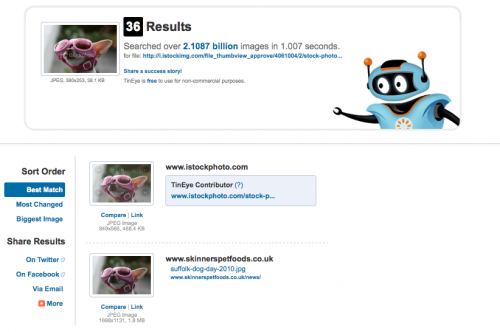

Is seeing is believing or is believing is seeing? This video, which was made for the Gwinnett County Public Library by photographer, Ashley Kauschinger, explores the role of photography as a tool for journalism, social change, and disinformation. It explores issues of context, content, confirmation bias, framing, deepfakes, shallow fakes and provides advice for figuring out if what you are seeing is truth, falsehood, or somewhere in between.
The term deepfake is typically used to refer to a video that has been edited using AI to replace the person in the original video with someone else (especially a public figure) in a way that makes the video look authentic.
Below is a side by side video, produced by the University of Washington, that demonstrates the techniques used in creating deepfake videos
This advice comes from the articles listed below.
| Have a question or comment about these guides? Contact: libraryreference@fitnyc.edu |